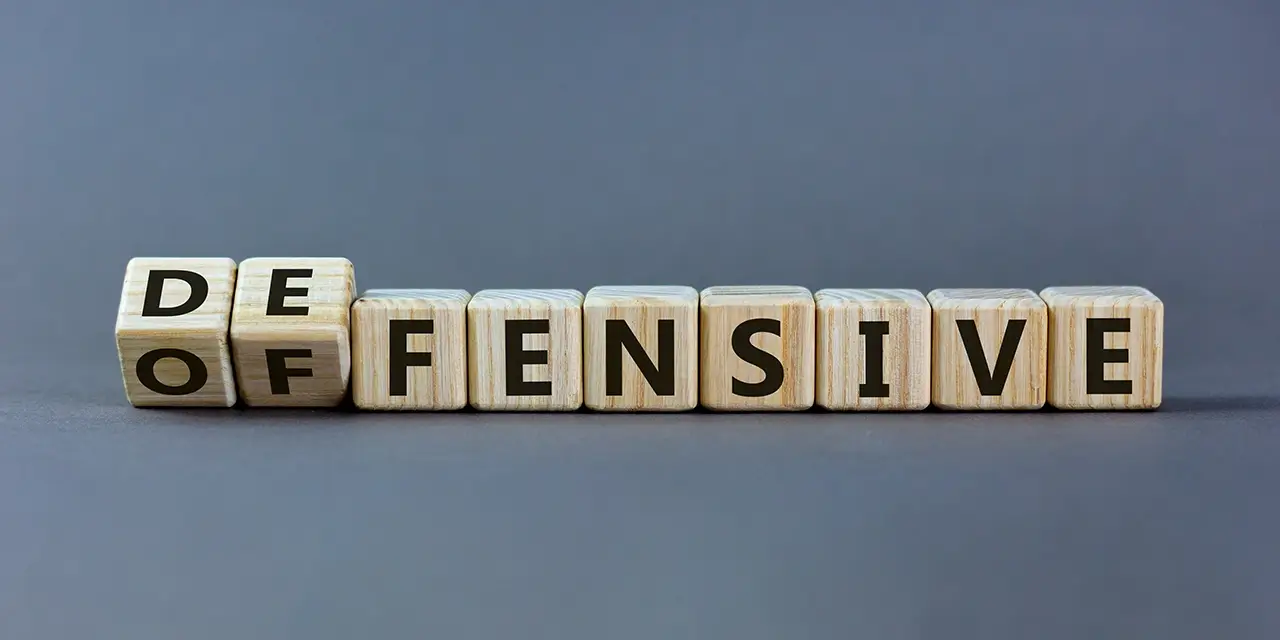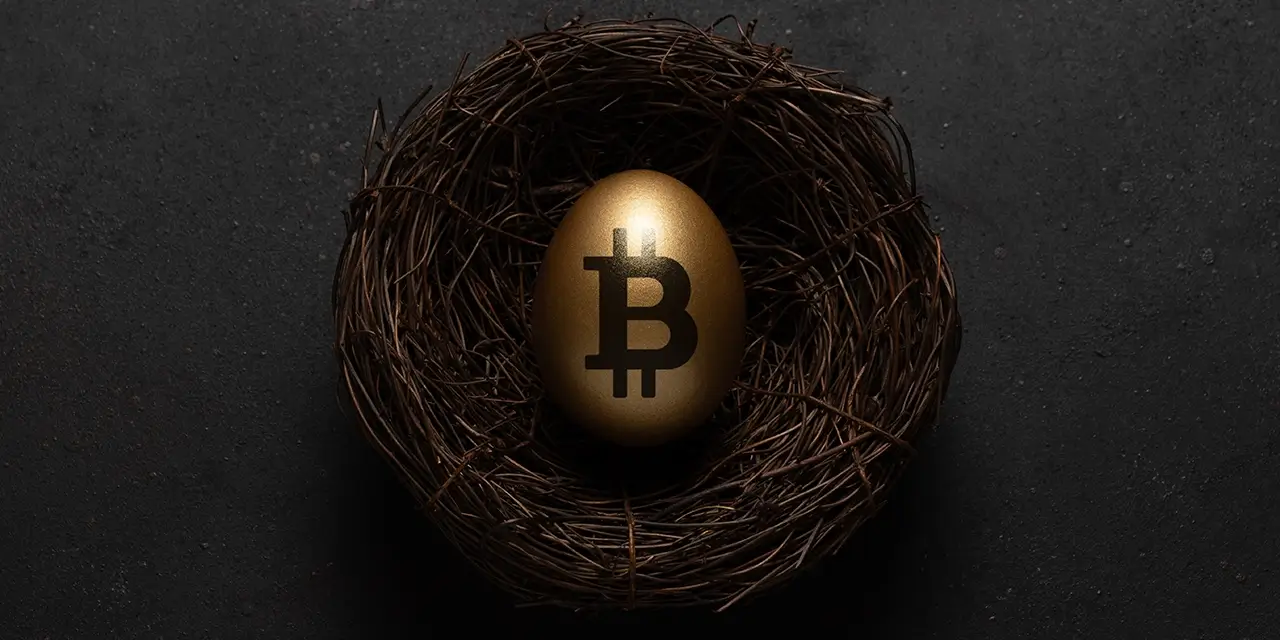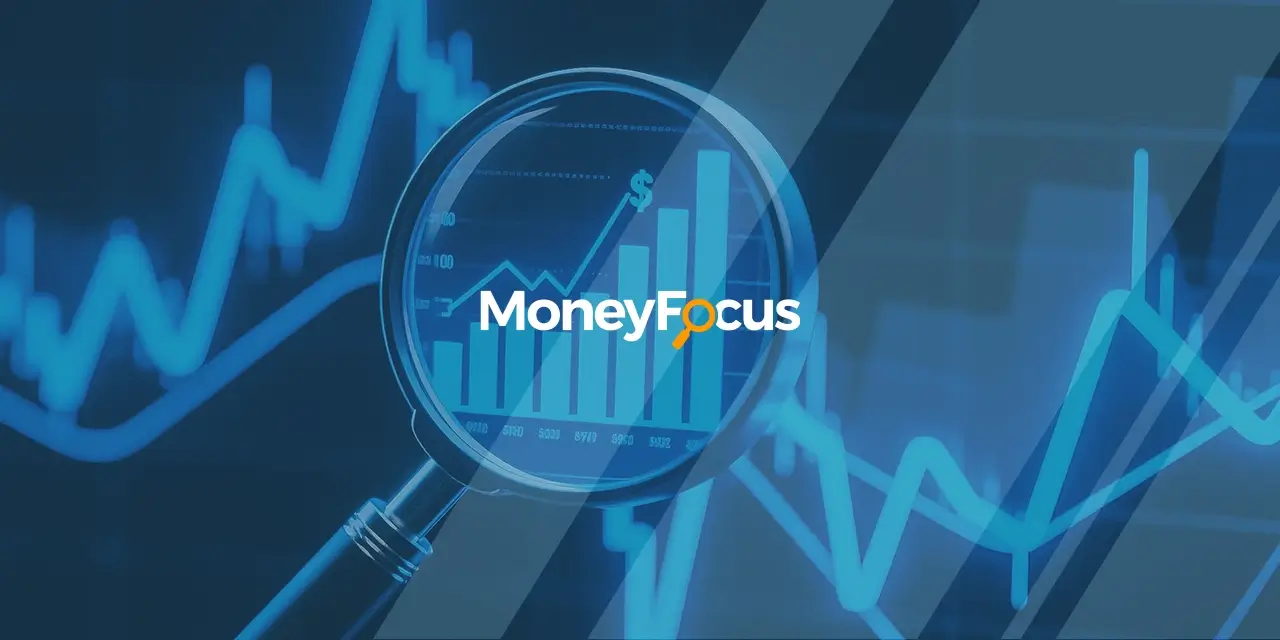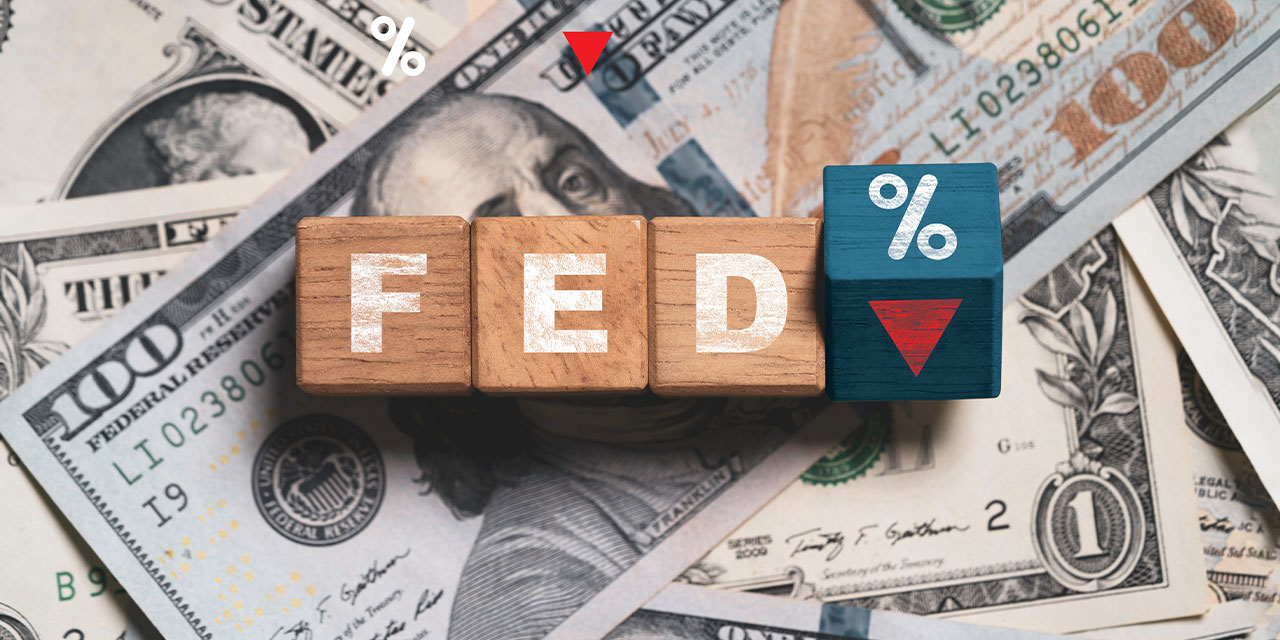The pullback in domestic and global markets in the winter and early spring of 2025 has stirred anxiety among investors. People around the world are worried about the impact of tariffs on the economy and the broader market. While the economic debate over their impact continues to rage, negative sentiment has driven markets lower.
When markets decline, there is an inclination among investors to retreat in fear that they will continue to see a decline in the value of their investments. Some may resort to withdrawing from those investments, staying on the sidelines until the recovery has set in.
While it is true that the value of your investments may fall during a market pullback, history shows us that markets bounce back over time. That means investors will miss out on potentially greater gains if they remain on the sidelines during periods of market turbulence.
History is on your side
Those who are invested in equity markets are typically doing so for the long term. Market volatility has shown time and again to be a short-term phenomenon, even during crisis periods. Over the long-term, the stock market makes gains on more days than it loses value. Experienced investors learn to weather the anxiety of short-term volatility in order to take advantage of the long-term value offered by staying invested in the stock market.
Economic Markets: Historical Inclines and Declines
Economic markets have historically followed patterns of inclines and declines, commonly referred to as booms and busts. These fluctuations can be attributed to a combination of factors. Understanding these patterns and the underlying causes can provide insights into why investors should remain calm during market downturns.
Causes of Boom Cycles (Market Incline):
Economic Growth: A robust economy marked by increasing production, job creation, and high consumer spending often leads to market inclines.
Technological Advancements: Innovations can create new industries or enhance existing ones, leading to business growth and market optimism.
Low Interest Rates: When borrowing is cheap due to low interest rates, businesses expand and consumers spend more, driving stock prices up.
Positive Market Sentiment: If investors believe markets will do well, their collective actions can drive prices up, creating a self-fulfilling prophecy.
Causes of Bust Cycles (Market Decline):
Economic Recession: A slowdown in economic activity, characterized by reduced consumer spending, job losses, and business contractions, can drive markets down.
High Interest Rates: Central banks might raise interest rates to control inflation or stabilize the currency, making borrowing expensive and slowing economic growth.
External Shocks: Unexpected events like wars, oil price spikes, or global pandemics can disrupt economic activity and cause markets to decline.
Market Corrections: After prolonged periods of growth, markets sometimes correct themselves if stock prices exceed their actual value.
Negative Market Sentiment: Pessimism can drive prices down as investors sell off their assets, fearing further declines.
Why Investors Shouldn’t Panic:
Historical Resilience: Historically, after every market decline, there has been a recovery. For instance, while the COVID-19 pandemic in 2020 led to significant losses, markets rebounded in the months following the retreat.
Long-Term Perspective: Stock markets tend to grow over extended periods, despite short-term fluctuations. An investor with a long-term horizon is more likely to see positive returns, even if they invest just before a downturn.
Opportunity to Buy: Declines can present buying opportunities. If an investor believes in the long-term potential of a company, a market downturn might offer a chance to buy its stock at a discounted price.
Compounding Effect: Even during downturns, reinvested dividends can provide returns. Over time, this compounding effect can lead to significant growth, even if the principal investment experiences short-term declines.
Diversification: A well-diversified portfolio can hedge your investments during stock market declines. While some assets might suffer, others might hold steady or even appreciate, balancing out potential losses.
Diversification reduces losses During Stock Market Declines
Diversification has been referred to as the only “free lunch” in investing.
An individual stock, even a blue-chip stock that has a reputation as dependable, is more exposed to the many risks that the company behind the security faces. However, when an investors holds many blue-chip stocks with a dependable reputation, they are exposing themselves to far less risk. This is why portfolio managers prioritize diversification.
The principle behind diversification is akin to the adage “don’t put all your eggs in one basket.” Different stocks and sectors often react differently to economic, political, and industry-specific events. Some sectors might be declining while others are rising or holding steady.
A portfolio holding a diversified mix of stocks means that the losses from one sector can be balanced by the gains in another. That leads to a more stable overall portfolio performance. The reduction in volatility reduces the potential for significant losses during periods of market turbulence. It can also provide a smoother investment experience over the long term.
Harvest ETFs offers several asset allocation strategies.
HRIF | Harvest Diversified Equity Income ETF
- A one-stop diversified core equity income solution
- Exposure to leading large-cap companies and long-term growth trends
- Covered call strategy to enhance portfolio income potential and lower volatility
HDIF | Harvest Diversified Monthly Income ETF
- One-stop diversified core monthly income solution
- Access to leading large-cap companies and long-term growth trends
- Modest leverage at approximately 25% to enhance income and growth potential
HBIG | Harvest Balanced Income & Growth ETF
- Simple and efficient way to invest in a 60/40 equity/fixed income portfolio
- High monthly cash flows from covered calls in a balanced portfolio
- Diversified with high quality large-cap equities and investment grade bonds with covered calls
- Tactical asset allocation for enhanced returns and risk management
HBIE | Harvest Balanced Income & Growth Enhanced ETF
- Invests in a portfolio that replicates HBIG
- Employs modest leverage at around 25% for higher income and growth potential
- Enhanced access to a portfolio utilizing tactical asset allocation and covered calls
Volatility and risk: Not the same
Volatility is a normal short-term market behaviour that could result in fluctuations in the value of your investment.
Risk, on the other hand, is directly linked to the probability of losing money. The amount of risk you can tolerate is based on the degree of change in your investments that you can comfortably withstand during varying market conditions.
Naturally, some investors can tolerate a higher level of risk to achieve their financial goals – which is referred to as your capacity for risk.
Stay focused on your investing goal
In most cases, investors will not need the money they have invested for another 10 to 15 years or more. Therefore, you should stay focused on your long-term goal rather than worry about market volatility. Research on investor behaviour shows that the less you worry about the impact of market volatility on your investments the more likely you will be most happy. But if you keep checking the performance of your investments frequently, you will experience a lot more stress during temporary market declines.
Investors who jump in and out of markets due to volatility will likely end up doing worse than those who remain invested in the face of short-term turbulence.











